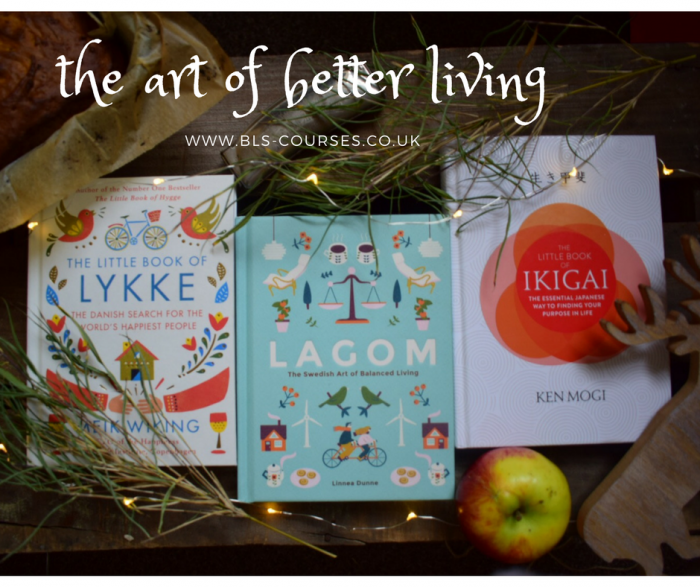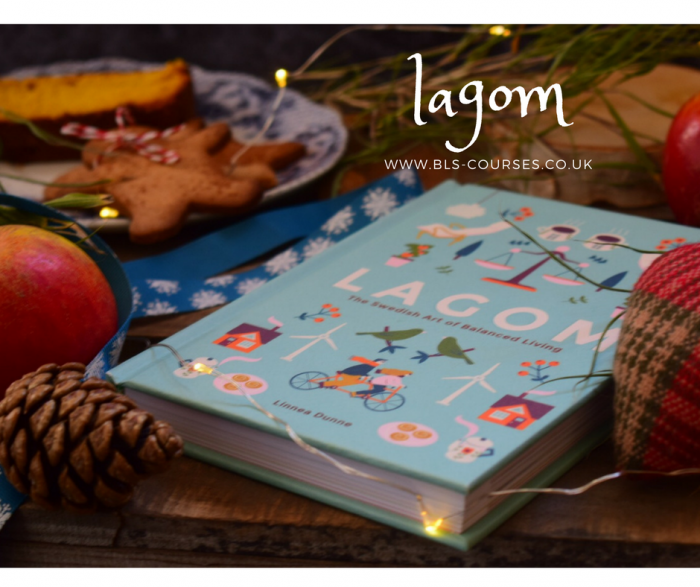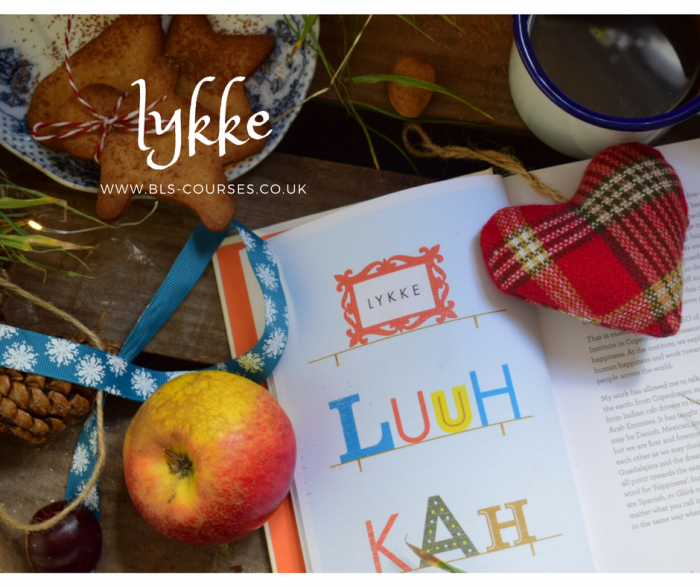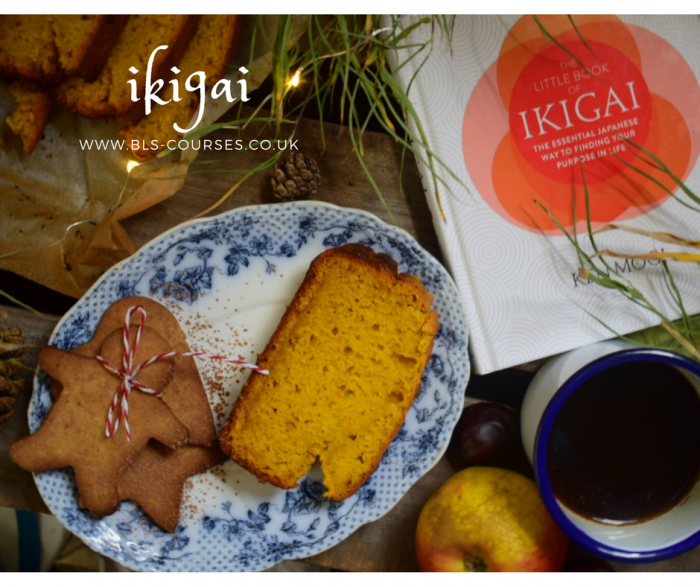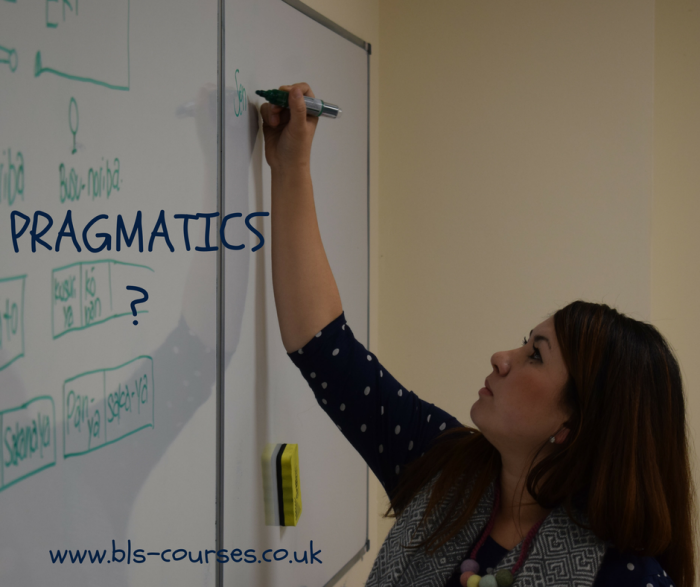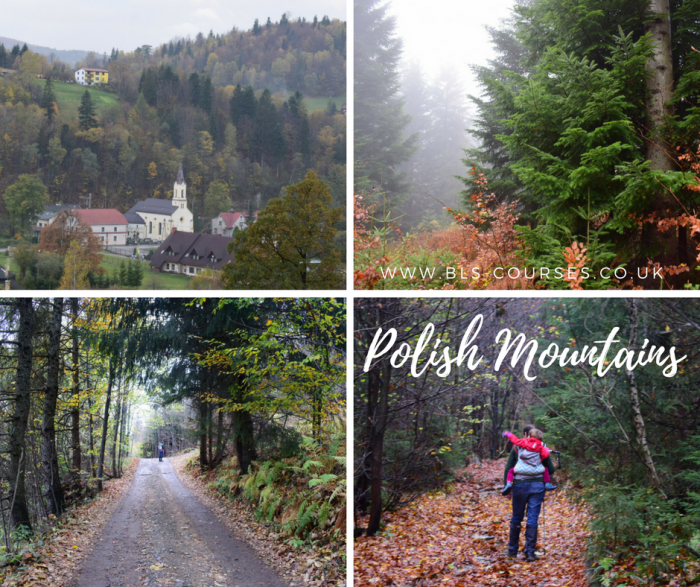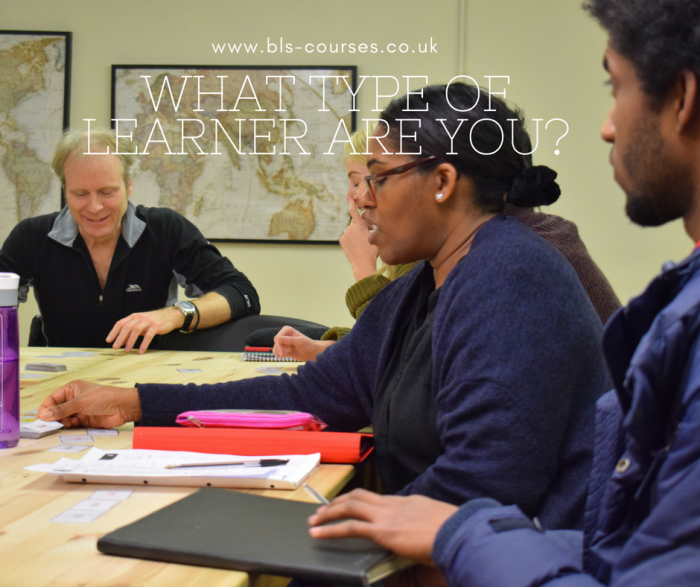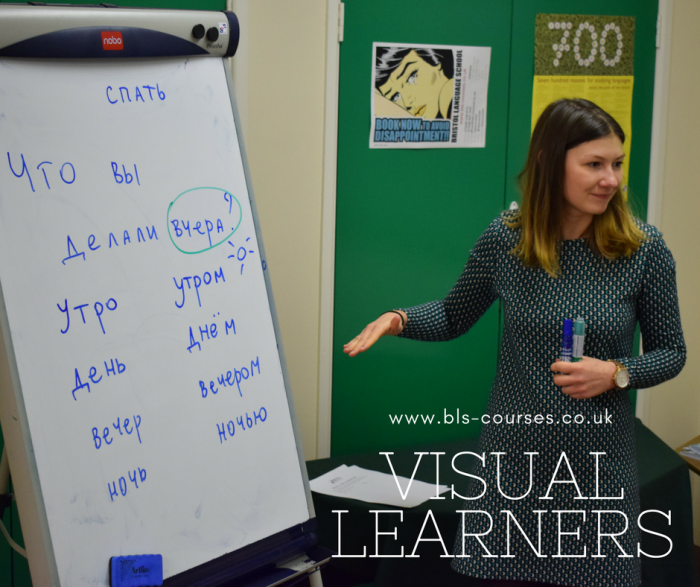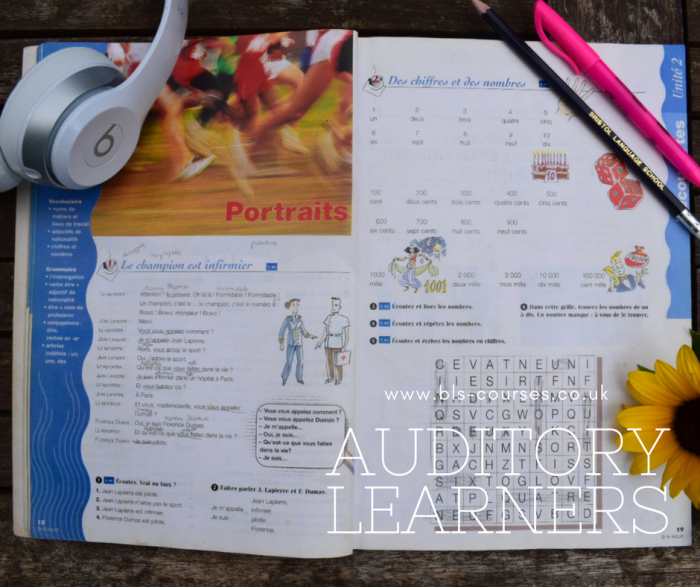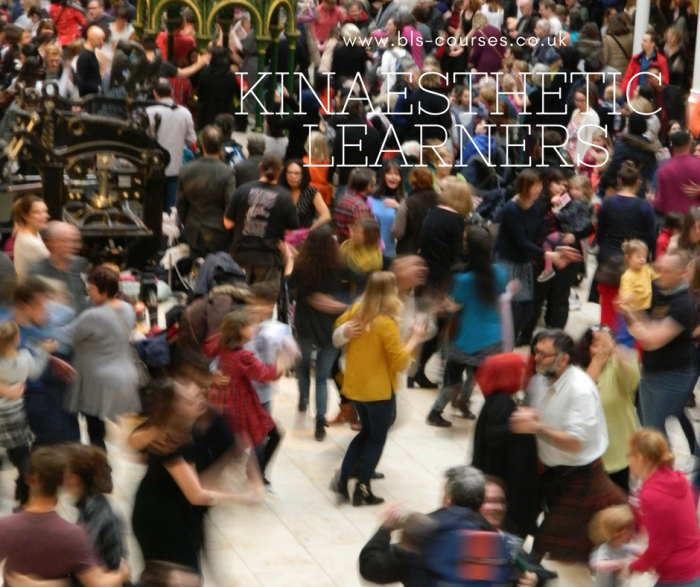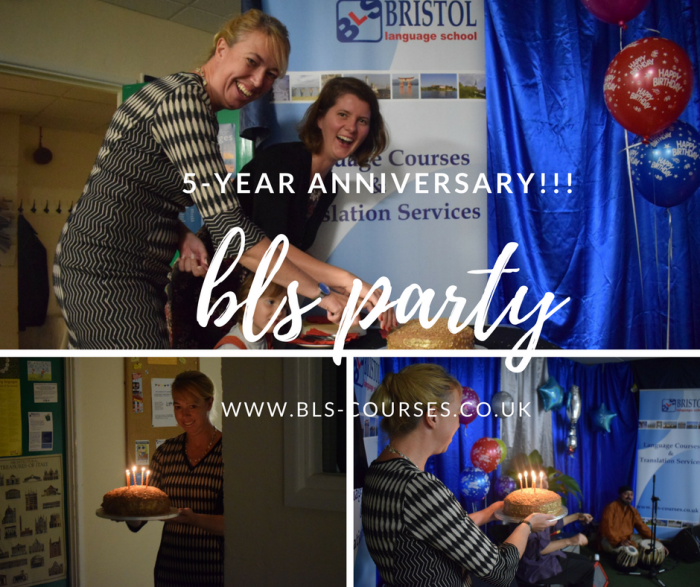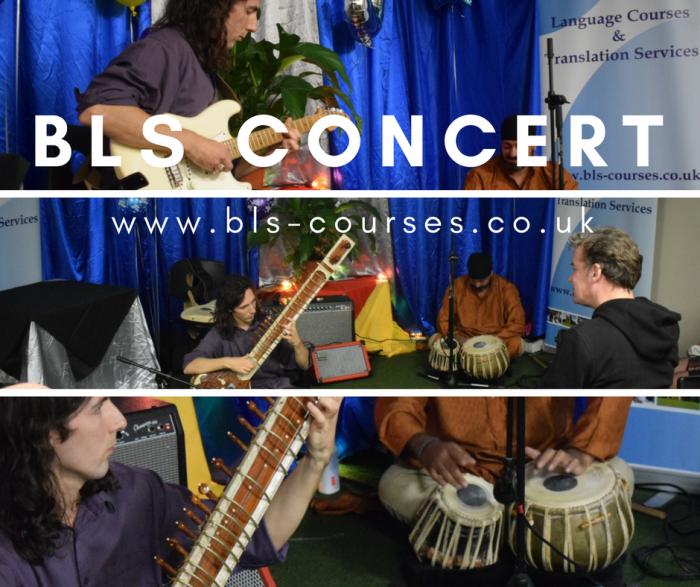Last year, we explored the Danish word hygge: the essence of happy living in Denmark (you can read my reviews here). I must admit after reading books about hygge my usage of candles went up by 100%! Today, we’ll learn how to live a better life through exploring three concepts: the Swedish lagom, the Danish lykke and the Japanese ikigai. After all, according to research by Sonja Lyubomirsky happiness is 50% genetics, 10% circumstances and 40% our intention… We can improve 40% of our happiness, 🙂 so let’s get started!
Lagom
Lagom is a Swedish philosophy meaning “not too little, not too much, just right”. The book written by Linnea Dunne is a beautifully illustrated and photographed guide to the Swedish art of balanced living. My favourite ideas are: picnicking, baking or eating cinnamon buns (mm, cinnamon), fika (a break for coffee or hot beverage with yourself, your friends or a book), “me time” (to recharge your batteries), simple pleasures and decluttering your living space.
Lykke
Lykke means happiness in Danish and the book by Meik Wiking explores the idea of happiness in a deep and thorough way incorporating various world-wide perspectives. The publication has beautiful photographs and contains statistical data regarding happy living, along with some practical ideas which may help improve our feeling of happiness. One quotation: “Everything runs smoothly in Denmark. Well, almost. Four years ago, one train did arrive five minutes late. The passengers each got a letter of apology from the prime minister and a designer chair of their choice as compensation.” (p. 14)
Ikigai
Ikigai is the Japanese “way to a happier, more fulfilled life” (p. 18). “It is about discovering, defining and appreciating those pleasures in life that have meaning for you” (p. 17). The book written by Ken Mogi is a fascinating introduction to the Japanese mindset. Ikigai is formed of 5 pillars: starting small, releasing yourself, harmony and sustainability, the joy of little things and being in the here and now. The author gives many real-life examples of each of the pillars (including reasons to get up early in the morning!) and creates a beautiful story presenting Japanese lifestyle.
Books
L. Dunne, Lagom. The Swedish Art of Balanced Living. Gaia: London 2017.
M. Wiking, The Little Book of Lykke. The Danish Search for the World’s Happiest People. Penguin Life: UK, 2017.
K. Mogi, The Little Book of Ikigai. The Essential Japanese Way to Finding Your Purpose in Life. Quercus: London, 2017.
If you’re still looking for some ideas for your Christmas gifts, the above books will make excellent presents. You can also book our language courses as a Christmas gift 😉
Written by Kinga Macalla
